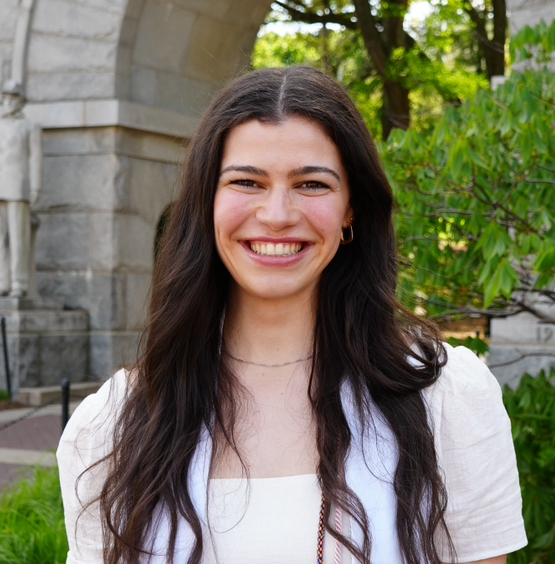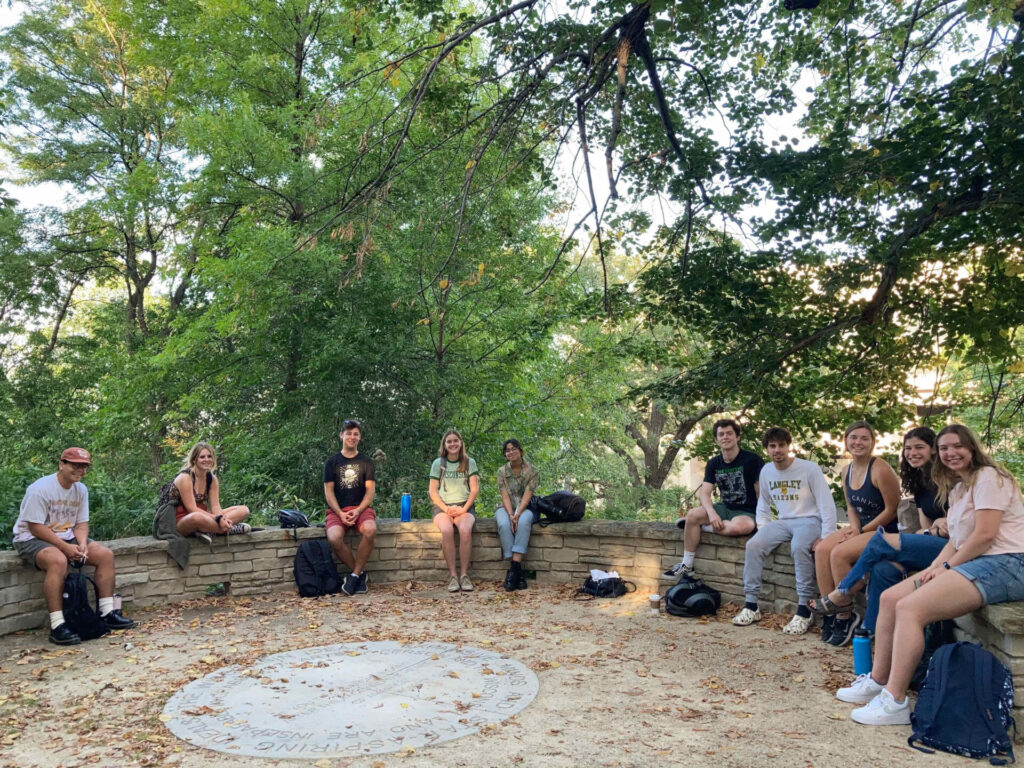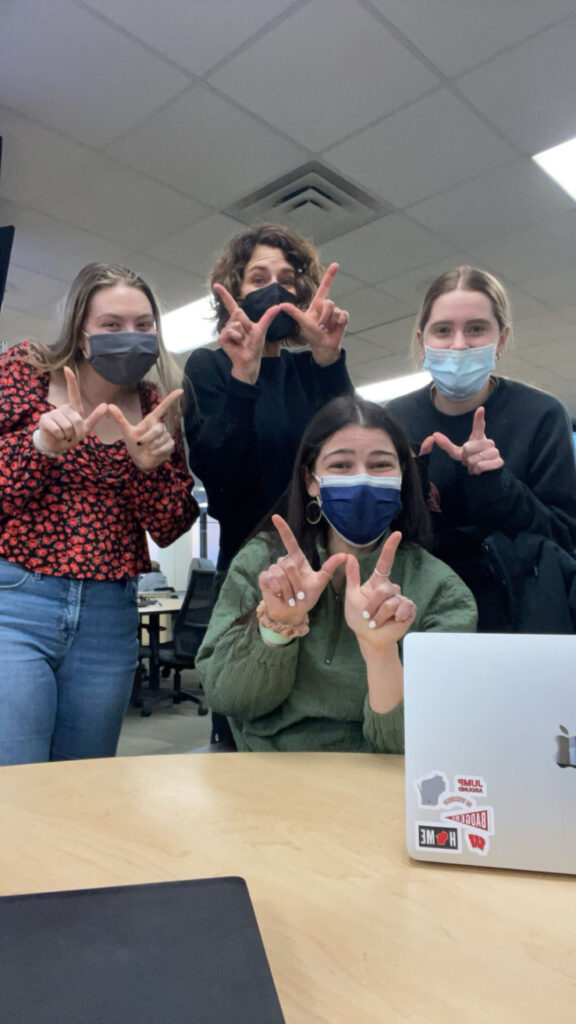November 14, 2024

By Sarah Gesner, Programs & Partnerships Coordinator
November 14, 2024
Many parts of my first-year experience at UW-Madison left me feeling detached from the people, places, and things that were supposed to make college so great. I was bitter about having all virtual classes, sporting events canceled, and fewer opportunities altogether to meet friends. And yet, thanks to a noteworthy class and an inspiring professor, I found connection.
While inspecting the Spring 2021 course catalog I came upon a First-Year Interest Group (FIG) that sounded particularly interesting. Its primary class was called “Hearing Public Opinion in Democracy,” a topic that felt and continues to feel incredibly relevant. For context, a FIG is a linked cluster of three classes taken with a cohort of about 20 students and led by a distinguished professor in the subject matter. In my case, the distinguished professor was Kathy Cramer. Kathy introduced us early on in the class to Cortico’s platform (Local Voices Network at the time), and we engaged in conversations about our lives and our stories, what brought us to UW-Madison, how COVID-19 was impacting us, and what change we wished to see in the world.
These conversations were deep and vulnerable. I learned about and connected with my classmates in ways I hadn’t experienced in any class prior. This connection led not only to a deep and nuanced understanding of one another but also to a sense of community and lasting friendships.


Even after our class ended, we stayed connected. We had socially distanced dinners at beautiful Memorial Union terrace. We chose future class discussion sections so we’d be together. We invited each other to birthday celebrations and a cappella performances. Upon reflection, I realize that a combination of Kathy’s warmth, Cortico’s framework, and our class’ willingness to lean into meaningful conversation led to a shared sense of belonging and comfortability.
Through the benefit of hindsight and additional exposure to the facilitation techniques, it seems worthwhile to highlight what I think made the discussion with Kathy so impactful. Key ingredients in what made the experience productive included:
For me, Cortico remained a constant presence throughout my four years. Sophomore year, I took another class with Kathy about public opinion. Then I facilitated conversations for the American Academy of Arts and Sciences’ Commission on Reimagining our Economy and shared my experience with Madison leaders. I went on to work for Second Harvest Foodbank, where they took steps toward using Cortico’s tools and platform to hear about what matters to community members grappling with food insecurity. And now, here I am, having recently begun my role at Cortico as Programs and Partnerships Coordinator. I’ve said many times that this is no coincidence. I’ve seen and experienced the impact that having deep and meaningful conversations has, and I’m thrilled to keep moving this mission forward.